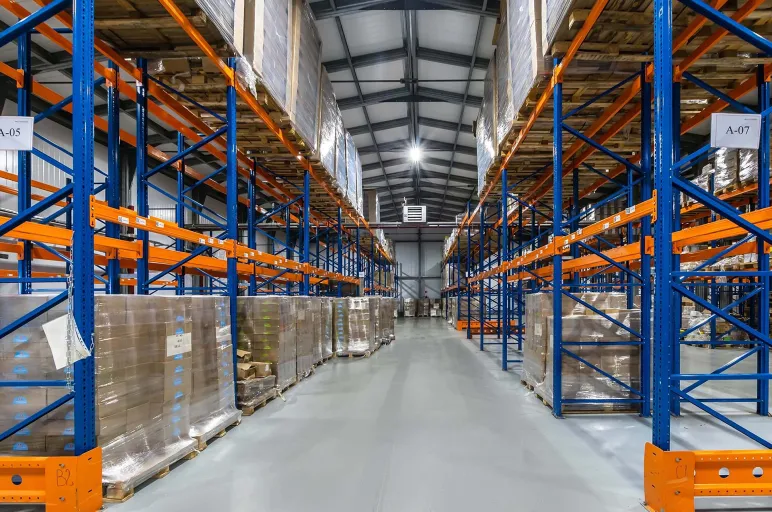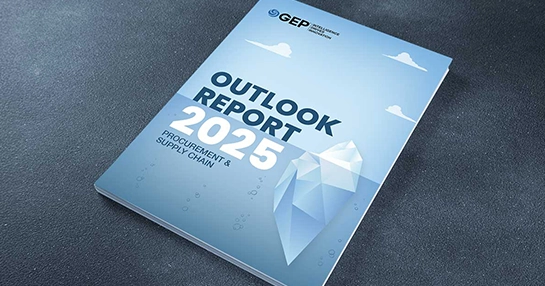
Don’t Let Your Facility Be Caught Off Guard — Plan for Emergencies Now
- Facilities managers must adopt a proactive approach and keep an eye on potential threats.
- They must first identify risks before implementing an appropriate risk management solution.
- They should also have a well-documented emergency response plan and real-time communication channels.
June 17, 2025 | Procurement Strategy 4 minutes read
We have all heard industry and business experts say these are uncertain times. But what’s really adding to the uncertainty are unforeseen natural disasters, the recent one being the earthquake in Myanmar that has killed more than a thousand people.
The extent of damage caused by this 7.7 magnitude earthquake has once again highlighted the lack of preparedness for natural disasters.
Why couldn’t the authorities lessen the damage? Could they possibly have prepared in advance?
Unfortunately, there are no clear answers at this time, and these same questions are often raised whenever there is an emergency.
Now consider another scenario: A healthcare facility experiences a sudden power outage due to a major storm. Without a clear response plan, operations grind to a halt, critical medical devices fail, and patient safety is jeopardized.
However, a well-prepared facility with backup power, a streamlined emergency response, and clear communication protocols mitigates the impact and restores operations swiftly.
What’s the takeaway from the above two situations for a function like facilities management?
Facility management leaders must not wait for things to happen. From devastating hurricanes to cyberattacks that cripple operations, the cost of being unprepared is too high.
The question isn’t if a crisis will occur—but when.
Why Emergency Preparedness and Risk Management Matter
Managing any given hospital, corporate campus, or manufacturing plant comes with a set of challenges ranging from natural catastrophes, cyber security breaches, equipment failure (with violence in the workplace).
Any single one of these disrupting factors would invariably result in:
- Repair and recovery financial expenditure combined with downtime losses
- Erosion of stakeholder confidence, brand value, and reputation
- Legal, compliance, and risk associated with unmitigated dormant vulnerabilities
- Mortality, injury, and safety in protecting employees and visitors
So, what can facility managers do?
The answer is embedded in a systematic formulation incorporating these triads: risk profiling, emergency and contingency action planning, and resilience strategies.
The Many Types of Facility Risks
Facility managers must first identify vulnerabilities before implementing solutions. Key risk categories include natural disasters (earthquakes, floods, storms), operational risks (equipment malfunctions, supply chain disruptions), human Risks (workplace violence, health emergencies, human error) and technological risks (cyber threats, system failures, data breaches).
Each facility will have unique risks based on its location, function, and infrastructure. The goal is to map out these risks and develop mitigation strategies.
What Makes For An Effective Emergency Preparedness Plan
1. Risk Assessment & Hazard Identification
Any emergency preparedness plan begins with a risk assessment. Organizations must evaluate potential threats by conducting scenario-based risk assessments that explore possible disruptions, such as a 48-hour power outage or a cyberattack that locks key systems. Understanding the impact of such scenarios allows businesses to rank risks based on their likelihood and severity, ensuring that resources are allocated effectively to address the most critical vulnerabilities.
2. Emergency Response Planning
Once you have identified risks, the next step is to establish a clear and structured emergency response plan. This requires defining specific roles and responsibilities, ensuring that each team member knows their exact function in a crisis. It also involves creating step-by-step protocols that guide the organization through different types of emergencies, whether they involve physical threats, IT failures, or operational shutdowns. To maintain business continuity, companies must invest in essential infrastructure such as emergency kits, backup power sources, and system redundancies, reducing the risk of prolonged downtime.
3. Communication & Incident Management
Organizations need real-time communication channels that allow for quick information sharing with employees, leadership teams, and emergency responders. Clear notification protocols should be in place to ensure that critical updates reach the right people at the right time. Multi-channel communication, including text alerts, email notifications, and emergency hotlines, help disseminate information efficiently and prevent confusion during high-pressure situations.
4. Training & Simulation Drills
Employees must be familiar with emergency procedures, and the best way to ensure this is through regular simulation exercises. These drills should mimic real-world scenarios, such as cybersecurity breaches, supply chain disruptions, or fire evacuations, to help teams practice their responses. Following each drill, organizations should assess their performance, identify weaknesses, and refine their strategies accordingly.
5. Business Continuity & Disaster Recovery
Finally, an effective emergency preparedness plan must include a robust business continuity and disaster recovery strategy. Safeguard IT infrastructure through secure data backups and prepare to restore systems quickly with minimal downtime. Build a resilient supply chain, with contingency plans in place to address potential disruptions.
Need for Ongoing Risk Management
While you may already have a risk management program in place, you must review it periodically. You may need to adjust the plan to prepare for new and emerging risks.
In fact, emergency preparedness is not a one-time effort but an ongoing process that requires continuous evaluation and refinement.
By taking a structured approach, organizations can strengthen resilience, ensure the safety of their employees, and maintain operational stability in the face of unexpected crises.
Author: Samrat Roychoudhury
If you are looking for a comprehensive emergency preparedness plan tailored to your needs, write to daryl.watkins@gep.com today.



